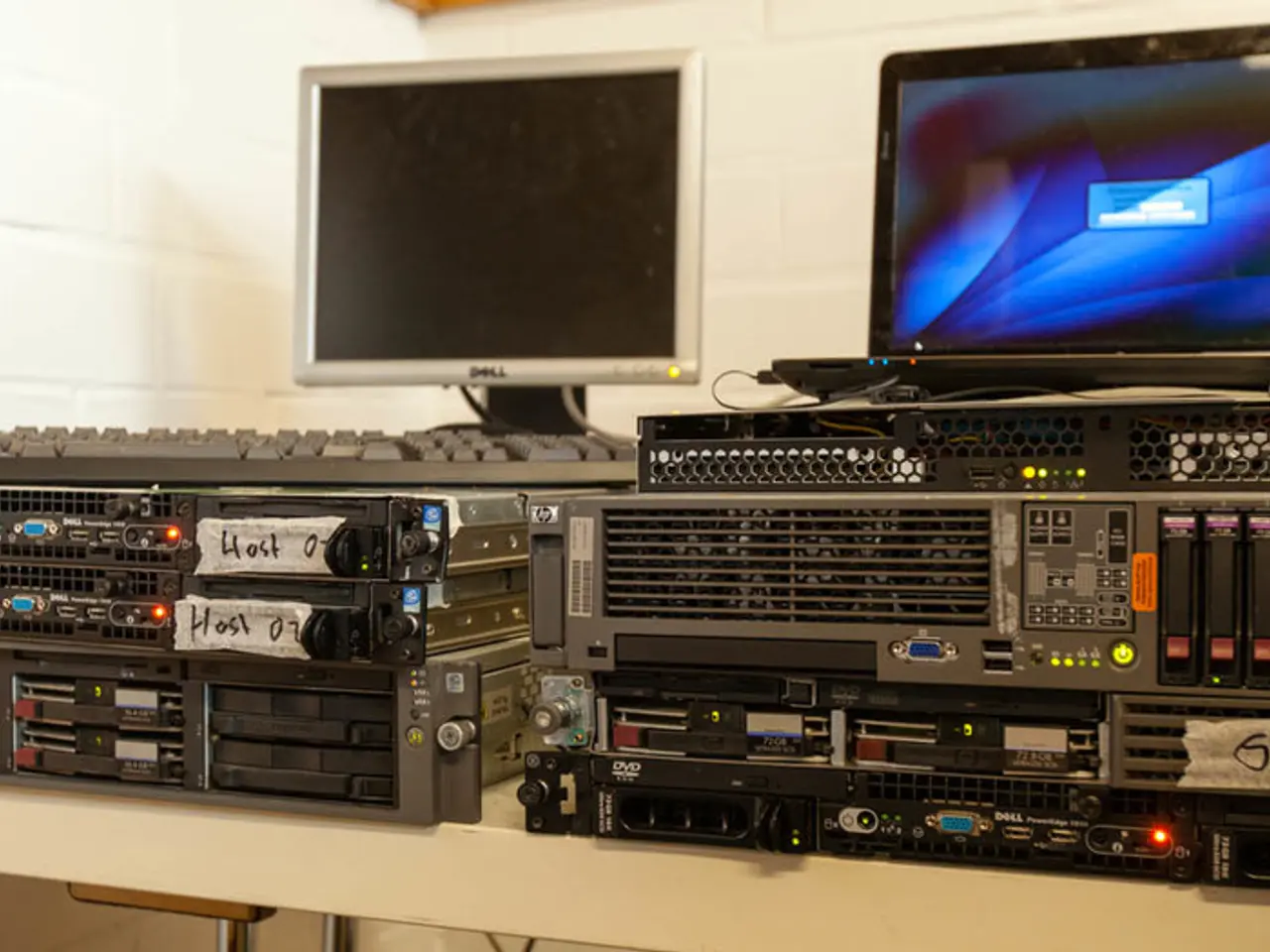Determining Impedance, Dielectric Constant, Velocity Factor, and Lengths of Printed Circuit Boards (PCBs), Cables, and Interconnects
Measuring PCB Transmission Lines with a Time Domain Reflectometer
Using a Time Domain Reflectometer (TDR) or Time Domain Transmission (TDT) system is a common method for measuring impedance, dielectric constant (Dk), velocity factor (V), and length of printed circuit boards (PCBs), cables, and interconnects. One such low-cost TDR/TDT system is the Picotest J2151A. In this article, we'll explore the typical workflow and methodology for using this system to measure PCBs and other components.
Preparation and Setup
To begin, you'll need several pieces of equipment: - Picotest J2151A TDR/TDT module - A compatible oscilloscope with sufficient bandwidth - Known reference standards or calibration loads (open, short, and matched load) - Test cables and connectors - The device under test (DUT): PCB trace, cable, or interconnect to be measured
Connect the TDR module to the oscilloscope, attach the DUT to the TDR test port, and use short coaxial cables and appropriate adapters to minimize measurement uncertainty. Perform calibration or baseline measurement with known loads (open, short, 50 Ω load) to nullify system errors and remove systematic offsets.
Impedance Measurement
After calibration, transmit a step or impulse waveform into the DUT using the TDR. Reflections occur due to impedance discontinuities, and these reflections can be observed on the oscilloscope screen as voltage steps corresponding to impedance changes. The impedance can be derived from the reflection coefficient using the following formula:
[ \Gamma = \frac{Z - Z_0}{Z + Z_0} \quad \Rightarrow \quad Z = Z_0 \frac{1 + \Gamma}{1 - \Gamma} ]
where ( Z_0 ) is the system characteristic impedance (often 50 Ω). Use the TDR software (or manually) to convert the measured reflections to impedance vs. distance along the DUT.
Measuring Length and Velocity Factor
To measure length and velocity factor, identify the time delay between the incident pulse and reflections. If you know the velocity factor, cable length is:
[ L = \frac{V \times c \times \Delta t}{2} ]
where ( c ) is the speed of light in vacuum (approximately 3 × 10^8 m/sec). If physical length is known, velocity factor can be measured as:
[ V = \frac{2L}{c \Delta t} ]
Measure time delays from TDR waveforms between known points (e.g., cable ends or PCB trace segments).
Determining Dielectric Constant
The velocity factor ( V ) of the signal in the medium relates to the dielectric constant by:
[ V = \frac{1}{\sqrt{D_k}} \quad \Rightarrow \quad D_k = \frac{1}{V^2} ]
After finding the velocity factor from the TDR delay measurements, calculate ( D_k ). This dielectric constant is an effective dielectric constant that considers both the substrate and surrounding materials (especially in PCB microstrip or stripline structures).
Additional Tips for Accuracy
To achieve accurate measurements, use high-quality, well-characterized cables and connectors, adjust the oscilloscope time base and vertical scale for best waveform resolution, repeat measurements and average to reduce noise, and keep temperature and humidity stable.
Summary Table
| Parameter | Measured Using | Formula/Principle | |------------------------|-----------------------------------|---------------------------------------------------| | Impedance (Z) | Reflected amplitude on TDR | ( Z = Z_0 (1+\Gamma)/(1-\Gamma) ) | | Length (L) | Time delay of reflections | ( L = \frac{V \cdot c \cdot \Delta t}{2} ) | | Velocity Factor (V) | Known length and time delay | ( V = \frac{2L}{c \Delta t} ) | | Dielectric Constant (Dk) | Velocity factor from delay | ( D_k = \frac{1}{V^2} ) |
In brief — step-by-step:
- Calibrate TDR system with opens, shorts, and matched loads.
- Connect DUT and send a step waveform.
- Capture and analyze reflected waveforms on the oscilloscope.
- Extract reflection coefficient to compute impedance vs. length.
- Identify reflection time delays corresponding to physical discontinuities.
- Calculate velocity factor from known length/time or vice versa.
- Compute effective dielectric constant from the velocity factor.
For more information and products, visit Picotest's PCB Measurements page. If you need assistance with specific calibration details or waveform interpretation techniques, feel free to ask!
- To measure the controlled impedance of a PCB trace or other components, utilize the impedance calculator provided by the TDR software in conjunction with the Time Domain Reflectometer (TDR) system, following the workflow of calibration, waveform transmission, reflection analysis, and impedance extraction.
- In data-and-cloud-computing applications using science and technology, employing technology like the Picotest J2151A TDR/TDT system, facilitates impedance, length, velocity factor, and dielectric constant measurements of PCBs, based on measurement principles and formulas including the reflection coefficient, time delay, and velocity factor.




